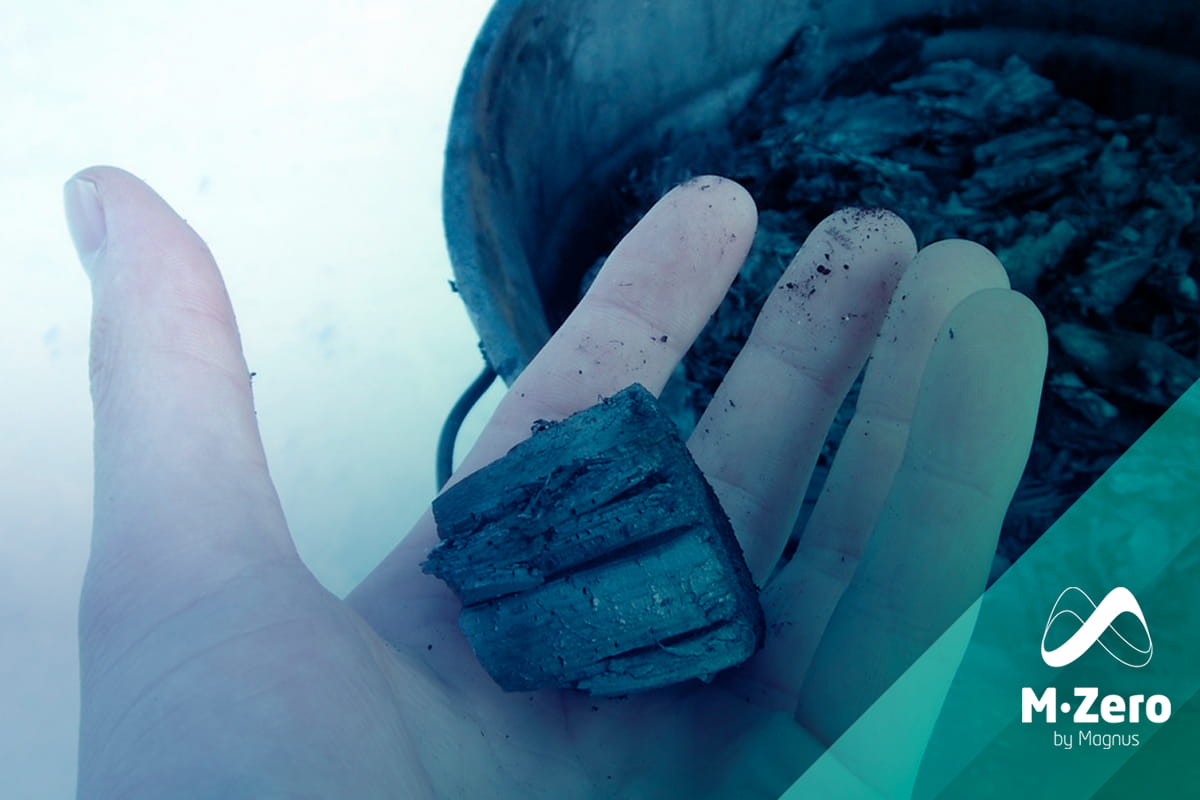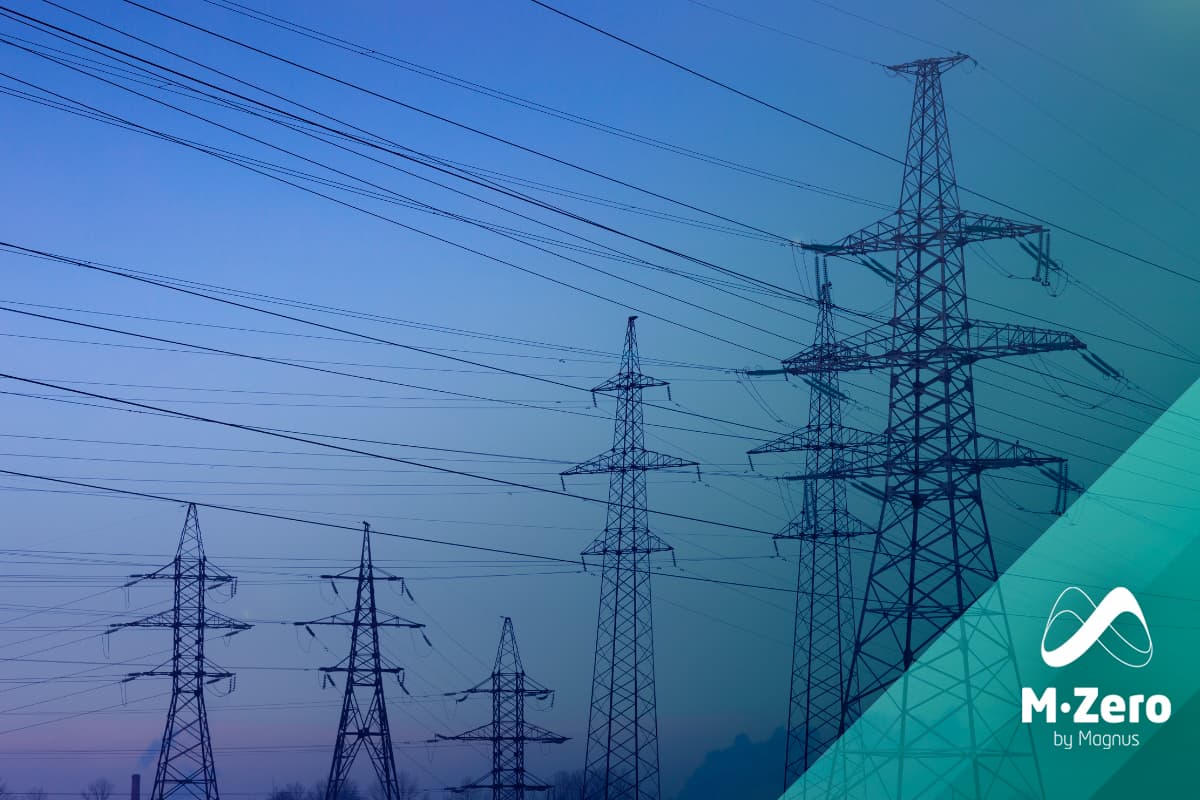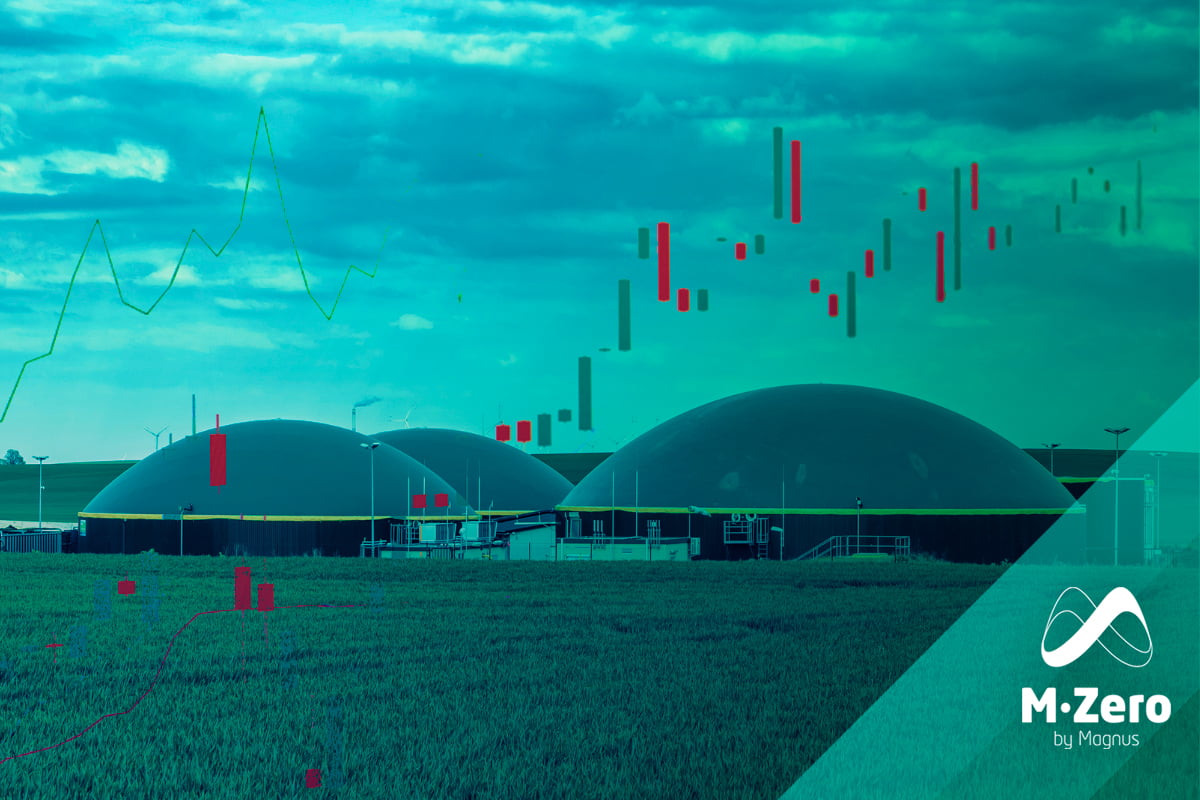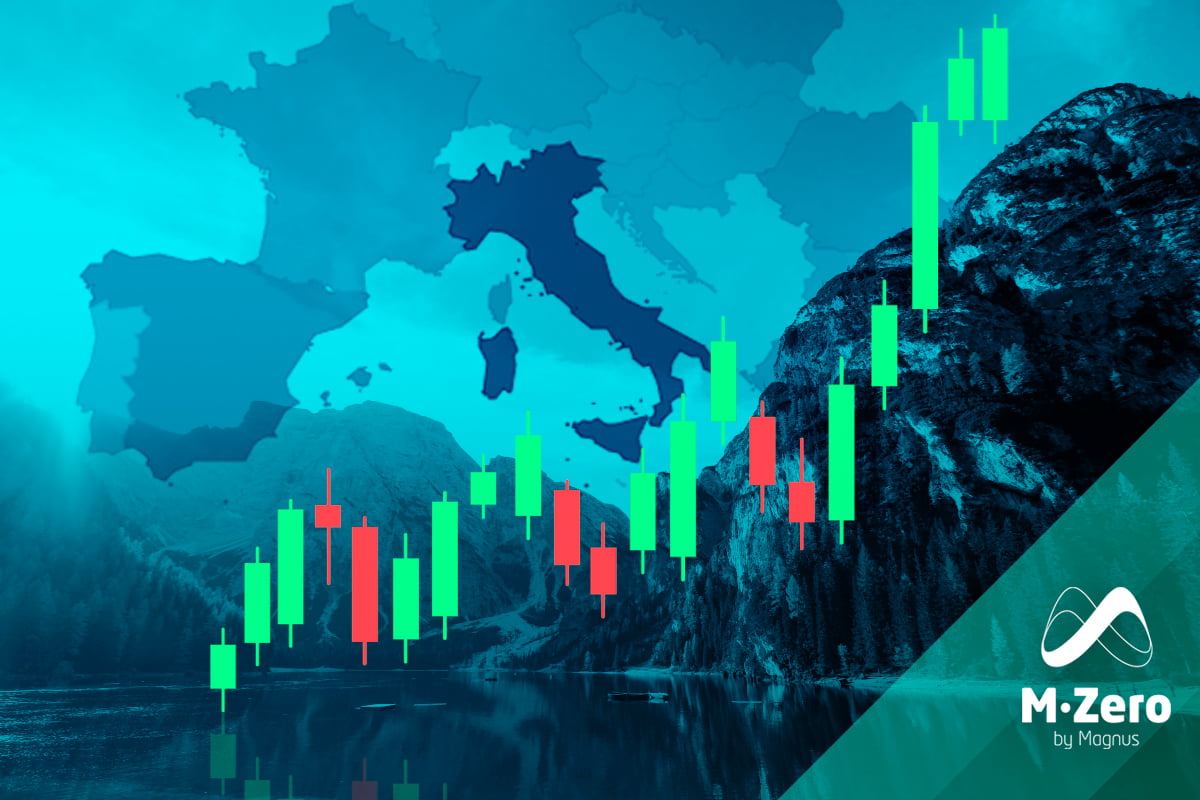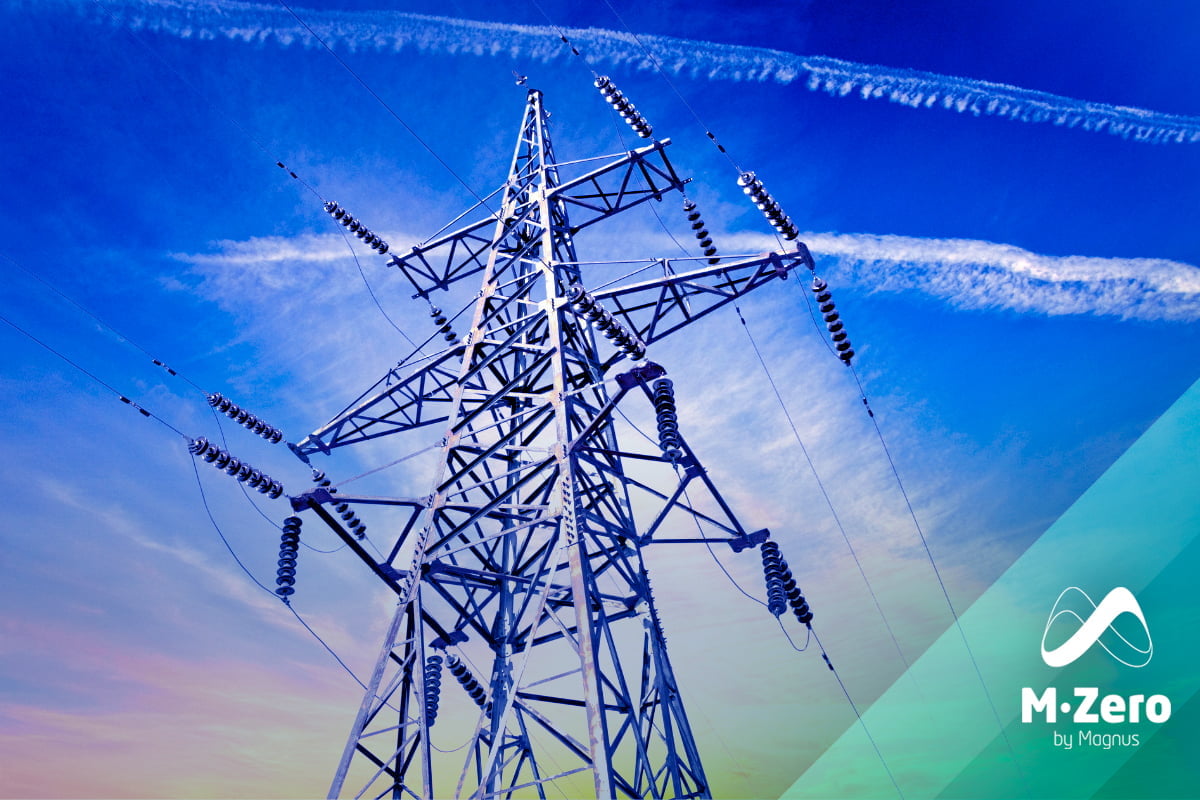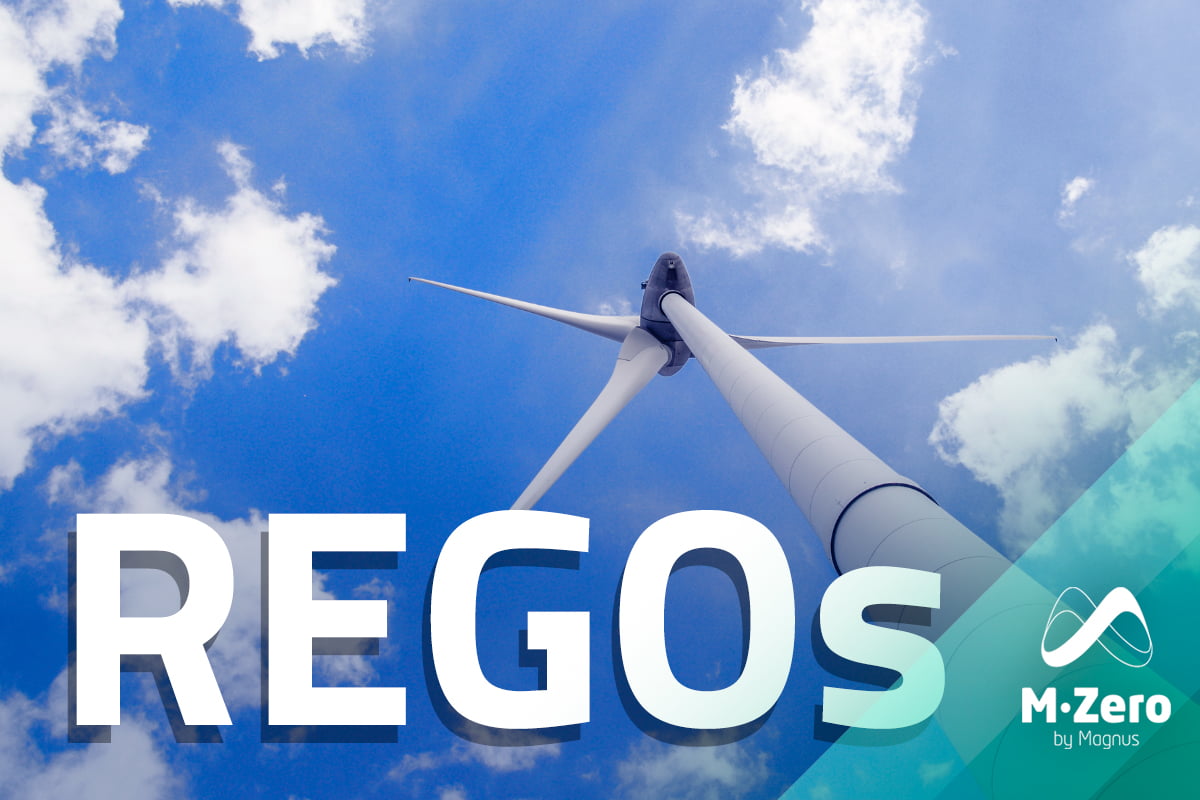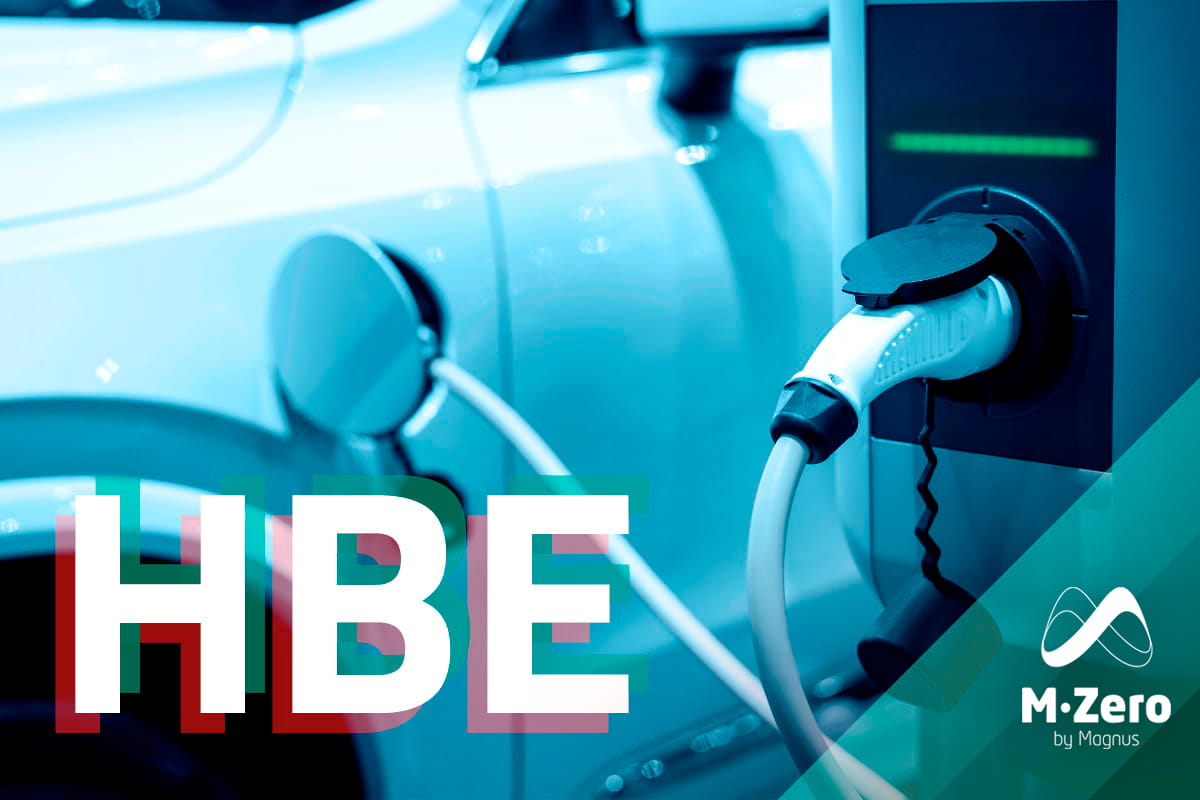
The signatory countries of the Paris Agreement, adopted during COP21 (2015), made commitments to reduce greenhouse gas (GHG) emissions and as the 2030 target – to reduce emissions to 45% and zero by 2050 – approaches, we observe that the low carbon transition is becoming increasingly prevalent among investors, customers, decision makers and policy makers.
The demand for GHG emission reductions brings with it the challenge of understanding which initiatives/projects should be prioritized in terms of abatement capacity and which investments will be most cost-effective. It is in this context that the Marginal Abatement Cost Curves (MACC) are highlighted.
In a practical and visual way, the MACC curve allows the ranking of decarbonization initiatives in terms of cost-effectiveness. By integrating the analysis of the financial viability of projects with their emission reduction potential, the tool becomes a great ally in the development of a corporate climate strategy to mitigate emissions, based on concrete actions that will indicate the feasibility of meeting reduction targets.
What is meant by abatement cost?
It is the cost of an intervention that will reduce GHG emissions by one ton. For example, replacing a gas boiler with a heat pump will reduce GHG emissions. But you will have to pay for the installation, the electricity needed to run it, while saving money by no longer buying gas.
If you divide the total additional cost (investment cost plus operating cost difference) by the avoided emissions, you get the abatement cost in euros per ton of carbon not emitted. This cost can be positive, but also negative (as is probably the case for the heat pump, as it is more energy efficient).
In selecting priority climate actions, it makes sense to take the abatement cost into account. After all, negative abatement costs correspond to opportunities to reduce emissions with a net economic benefit. And lower abatement costs indicate opportunities to avoid emissions at low cost. If a budget of x million euros is available to reduce emissions, choosing the lowest abatement costs will maximize emission reductions.
This is how the famous marginal abatement cost curves were created. Given the options to reduce emissions, each with its own cost and potential, you can rank them from lowest to highest cost, starting with the cheapest options and going up and up until you exhaust your financial budget or reach your reduction target.
What are the limitations of this indicator?
It is essential to understand that this approach is fundamentally “marginal”. It is designed to reduce marginal emissions. If the objective were to reduce emissions slightly – say by 10% – then it would be a perfectly adequate tool. But the climate objective is to reduce emissions to near zero to achieve carbon neutrality. In this case, this approach no longer meets the requirements, and the abatement cost may lead us to select very inefficient options, especially marginal improvements that prevent us from radically changing our modes of production.
The reason is very simple: to reduce emissions by 10%, it makes sense not to apply the most expensive abatements and to concentrate on negative or low-cost options. But to reduce emissions to near zero, we cannot ignore emissions that are difficult to eliminate: the challenge is no longer to identify low-cost opportunities, but to avoid all emissions at the lowest possible cost.
Technology
This is the other side of the coin: costs depend on the technologies available. However, in a deep transition of production modes, technologies are not fixed, and evolve with our investments.
In 2007, when the first marginal abatement cost curves were published, solar PV and wind power were expensive per ton avoided. The recommendation of these curves was therefore to avoid these technologies. But the investments made in these sectors, through relatively large subsidies, have made these technologies more efficient, and they are now cheaper than all other electricity production technologies on a cost per kWh basis.
The question today is to identify the other key technologies and ensure the same conditions for success. The biggest challenge is the trade-off between effectively supporting the development of these technologies and avoiding over-determining technology choices, in a context where it is impossible to predict which technologies will ultimately prevail.
Development
The development of a MAC curve is only one component of a comprehensive zeroing strategy. There are many other important elements, such as setting long-term and interim targets, careful planning of the application of short-term levers, clarification of possible long-term reduction pathways, integration with green growth strategy and organizational strategy.
To define strategies, we cannot simply select the options with the lowest marginal abatement costs. We need to implement integrated strategies, which are the only ones capable of organizing, in all sectors simultaneously, an economic, technological, and social transition towards carbon neutrality.
A successful transition cannot be limited to minimizing total costs: equity and effort sharing are also important.
If you found it interesting, please share it!
Recent Articles







